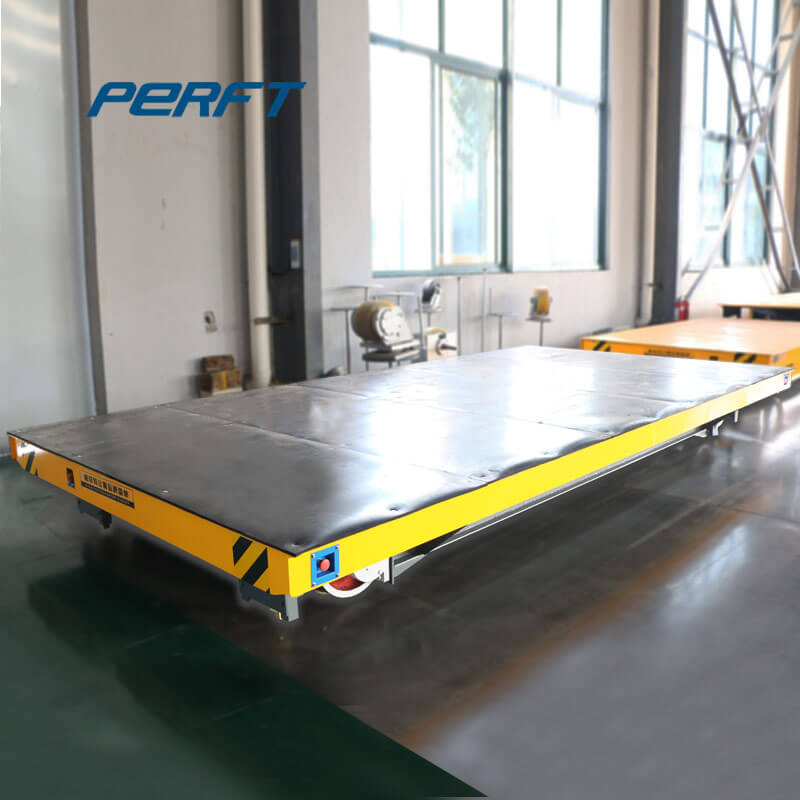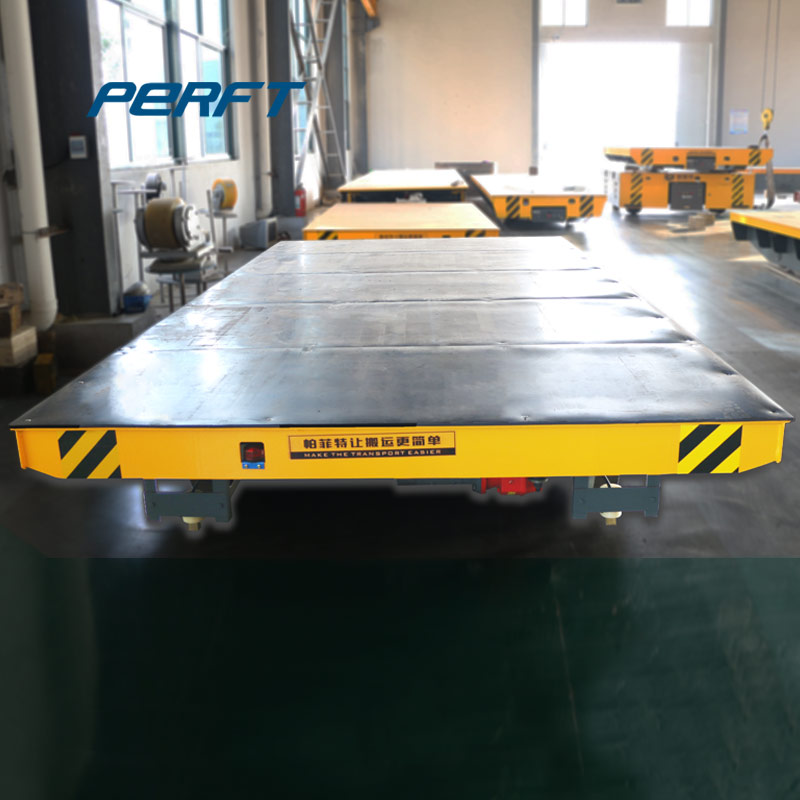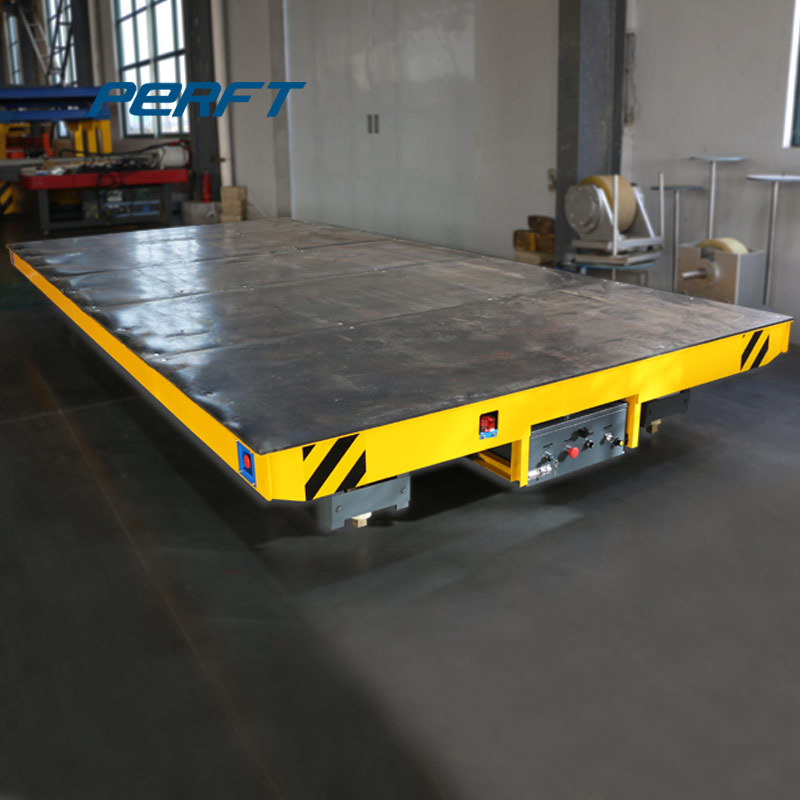


.jpg)
.jpg)
.jpg)
.jpg)
.jpg)
.jpg)
.jpg)
.jpg)
.jpg)
.jpg)
.jpg)
.jpg)
.jpg)
.jpg)
.jpg)
.jpg)
.jpg)
.jpg)
.jpg)
.jpg)
.jpg)
.jpg)
.jpg)
.jpg)
.jpg)
.jpg)
.jpg)
.jpg)
.jpg)
.jpg)
.jpg)
.jpg)
.jpg)
.jpg)
.jpg)
.jpg)
.jpg)
.jpg)
.jpg)
.jpg)
.jpg)
.jpg)
.jpg)
.jpg)
.jpg)
.jpg)
.jpg)
.jpg)
.jpg)
.jpg)
.jpg)
.jpg)
.jpg)
.jpg)
.jpg)
.jpg)
.jpg)
.jpg)
.jpg)
.jpg)
.jpg)
.jpg)
.jpg)
.jpg)
.jpg)
.jpg)
.jpg)
.jpg)
.jpg)
.jpg)
.jpg)
.jpg)
.jpg)
.jpg)
.jpg)
.jpg)
.jpg)
.jpg)
.jpg)
.jpg)
.jpg)
.jpg)
.jpg)
.jpg)
.jpg)
.jpg)
.jpg)
.jpg)
.jpg)
.jpg)
.jpg)
.jpg)
.jpg)
.jpg)
.jpg)
.jpg)
.jpg)
.jpg)
.jpg)
.jpg)
As iron and steel became widely used in car construction during the early 1900s jennies, along with most other freight equipment, grew in size to 50 tons, 70 tons, and eventually 75 tons. Today, the car hauls anywhere between 85 to 100 tons and newer models are nearly identical in appearance to standard hoppers only slightly smaller in length.
• Only terminal on lower Mississippi with direct rail access (via Canadian National Railway) • $100 million in recent capital investments to automate transfer of coal from rail cars to ships COAL LOGISTICS Our coal logistics terminals have the collective capacity to blend and transload more than 40
Lamberts Point Coal Terminal is an NS-served and operated transshipment terminal located on the Elizabeth River in Norfolk, Va. Annual throughput capacity is 48 million tons. The heart of the terminal is Pier 6, which has two shiploaders that permit the facility to load two vessels simultaneously.
For instance, a carrier may charge $2 per mile for trips under 500 miles and reduce that rate to $1.50 per mile if your vehicle is being transported more than 500 miles. Weight – In the U.S., the standard gross vehicle weight limit for semi-trucks and trailers is 80,000 pounds. This includes the vehicle, trailer, and all cargo loaded on the
Sliding or plug, single or double doors. Designed multiple ways for a variety of loading options. Underframe. Available in rigid or cushioned design to protect the load. Outside Length of Car. Range from 55 to 60 feet. Cubic Capacity. Range from 4,950 to 7,300 cubic feet. Gross Weight on Rail.
transferred from rail car to truck using the Flexi-Flo service, the contents of the car are No truck to rail transfer takes place at this facility. The only commodity directly ... The crane has the capability to lift 123 short tons 65 feet and 38 short tons 158 feet. The containers can then be either loaded onto truck or
At Rail Transfer, we specialize in the process of loading containerized freight. Our management team has over 50 years of combined experience in this process. We take that knowledge, combine it with our system that boasts an available output of eighty 40ft containers/day (or 2000 metric tons/day).
Rail freight transport is the use of railroads and trains to transport cargo as opposed to human passengers.. A freight train, cargo train, or goods train is a group of freight cars (US) or goods wagons (International Union of Railways) hauled by one or more locomotives on a railway, transporting cargo all or some of the way between the shipper and the intended destination as part of the
regarded as suitable commodities for rail haulage, such as maize, fuel, coal, vehicles, containers, and cement. Table 7-1 indicates the road and rail freight split in 2013 in million tonnes (mt). Figures 7-3 and 7-4 indicate the percentage road and rail freight annual tonnages for 2013, whereas Table 7-2
2011 hitachi zx225us lc-3 excavator with hytracker low railer and 20 ton gondola. 2012 shuttlewagon swx735 rail car mover. price: $0.00 2004 ford f 750 service high rail platform truck diesel tool box. price: $0.00 2012 freightliner 108sd gang section high rail crane railroad truck very clean ... 3 railroad sd-50's locomotive switcher power ...
May 24, 2021 · It is also the safest methods of transport, and you could export or import a variety of goods through this mode. Costs for air transportation are mainly determined by the weight and partly by the distance. Single packages of 1 kg will cost around 30 to 50 USD to ship, 10 kg may be 70 to 90 USD and 100 kg may be over 400 USD, if you take the
of 40,000Perfect hopper cars that carry 80 to 90 metric tons each. To achieve maxi-mum efficiency many rail shipments, especially those to export points, are in trains of 100 to 120 cars carrying approximately 10,000 tons that are loaded, moved and unloaded together as a single unit, then returned as a single unit to be loaded again.
Passenger Car Light rail vehicle Top speed (mph) 65+ 65 Weight (tons) 1.4 53.5 Power to weight ratio (hp/ton) 150 9.3 Length (ft) 15 92 (articulated) # of passengers 5 160 Propulsion method Gasoline engine Electric (or diesel-electric) 2
Union Pacific continues to implement a process to help eliminate damage to rail infrastructure that can occur from the shipment of rail cars that exceed the maximum recommended gross weight. While much of Union Pacific's system is approved for the heavy axle rail cars that can handle up to 286,000 lbs. or 315,000 lbs. gross weight, in several Union Pacific locations, the track structure &ndash
of 40,000Perfect hopper cars that carry 80 to 90 metric tons each. To achieve maxi-mum efficiency many rail shipments, especially those to export points, are in trains of 100 to 120 cars carrying approximately 10,000 tons that are loaded, moved and unloaded together as a single unit, then returned as a single unit to be loaded again.